

Reimagining Government episode 2: Climate action in cities
Article highlights
The 2nd episode of #ReimaginingGovernment by @CPI_foundation & @Apoliticalco is live! 🎙️ Listen to 'Climate action in cities' ft. @Josh_Sorin @TAOWhiteboard @sadhuajohnston @Rit_Aggarwala @WgtnCC
Share article🎧 Listen to Ep2 of #ReimaginingGovernment by @CPI_foundation & @Apoliticalco, where changemakers in city govt share how they are finding local solutions to the biggest challenge of our time - climate change.
Share article"If 70% of emissions are generated in cities 🏙️, actions need to be done in cities to reduce those emissions to respond to #climatechange " @TAOWhiteboard in ep2 of #ReimaginingGovernment from @CPI_foundation & @Apoliticalco
Share article🎙️ Reimagining Government
In partnership with Apolitical, this six-part podcast explores radical new approaches to addressing global issues such as the climate crisis, equitable healthcare provision, and rebuilding trust with marginalised communities. By speaking with public servants and politicians at the heart of government, we’ll shine a light on how to reimagine government so it works for everyone.
In this second episode of the ‘Reimagining Government’ podcast, Josh Sorin, Global Director of Climate Action at the Centre for Public Impact, speaks with changemakers in city government. Together, they explore how cities are addressing climate change - the barriers they face, the risks they are taking, and how they are finding local solutions to one of the most pervasive challenges of our time.
As a planet, we need to limit global warming to 1.5°C above pre-industrial levels to minimise the extreme weather events and climate conditions that could face future generations. Cities, which generate more than 70% of global carbon emissions, represent the most significant challenge and opportunity to slow global warming and to build sustainable, resilient communities.
However, many cities are not delivering climate action plans at the speed and scale necessary to avoid the disastrous effects of inaction. This episode’s host, Josh Sorin, works with cities worldwide to help them achieve a more sustainable net zero future.
John Sorin spoke with leaders from across the globe to discuss how reimagining government at the city level can give us a fighting chance against climate change. We have broken these conversations down into the following:
00:00 - 03:30 - Introduction to climate action in cities
03:31 - 11:40 - Sadhu Johnston on Vancouver’s Greenest City Action Plan
11:41 - 20:08 - Thomas Osdoba discusses collective action and how to take a more systemic view at the city level
21:40 - 27:04 - Lionel Dishon Murage on the relationship between government and community
27:05 - 35:43 - Alison Howard and Julia Hamilton reflect on experimenting with new approaches in Wellington, New Zealand
35:44 - 41:59- Rohit Aggarwala explains New York City’s climate mandate
42:00 - Conclusion
Below are breakdowns of the episode’s key talking points.
Vancouver’s Greenest City Action Plan
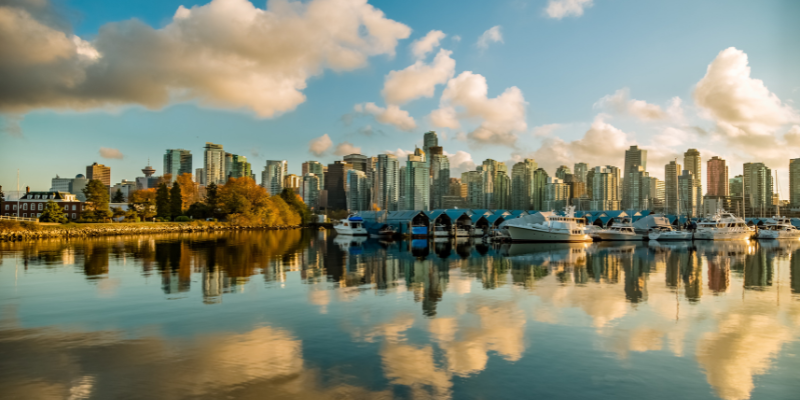
Sadhu Johnston joined the City of Vancouver Mayor’s Office in the early 2000s, shortly after the region suffered major heatwaves. The city, recognising the increasing risks of climate change, re-evaluated its systems from the ground up to identify and tackle its environmental shortcomings. This formed the basis for Vancouver’s Greenest City Action Plan.
“The Greenest City Action Plan became an aspirational set of targets that we would try to adjust everything we do as a community, everything we do as a city, to achieve.”- Sadhu Johnston
This ten-goal plan focused on three main objectives: zero carbon, zero waste, and healthy ecosystems. It challenged the citizens of Vancouver to change their everyday routines and form new sustainable habits across the city.
Heading up this plan, Sadhu and his team identified the two primary contributors to Vancouver’s greenhouse gas emissions: the city’s approach to transportation mobility and buildings. With this in mind, the city adapted to an increasing need for greener transportation. New bike lanes, car and bike sharing, and renewed support for public transit encouraged commuters towards more environmentally friendly transport.
Similarly, Vancouver took a new approach to energy use in buildings. Revised building codes ensured that new buildings would require less energy to heat and cool. In addition, hot water in sewers was repurposed to heat neighbourhoods. Soon, homes on district-supported energy systems had 70% lower greenhouse gas emissions than those buying from natural gas.
These actions reduced greenhouse gas emissions to approximately 16% below 2007, in the face of a growing population and new jobs. Vancouver’s government innovation proves that growth can be compatible with going green.
Sadhu believes that Vancouver’s success is just one of many among the planet’s cities, and that a truly green future relies on sharing environmentally-minded solutions to push us forward collectively. As such, Sadhu is now working with Apolitical to share Vancouver's lessons, by developing courses for policymakers and governments worldwide.
“We don't have time on this planet to miss sharing what we're doing. We don't have time as a species. We don't have time in our own cities to duplicate efforts in our learning. We have to ensure that government workers in every city around the world have immediate access to the lessons that are being learned around the world.”
Collective action at the city level
Vancouver is just one of many cities on a mission to reduce their carbon footprint. Yet, given the complexity of the challenge, much more must be done to accelerate climate action. Founded in 2020, NetZeroCities is an initiative that aims to assist European cities in achieving their goal of climate neutrality by 2030. It is coordinated by Climate-KIC, a knowledge and innovation community working to accelerate the transition to a zero-carbon, climate-resilient society, which emphasises collaborative learning amongst cities and states.
As a Programme Director of NetZeroCities, Thomas Osdoba explains that governments at the city level are closest to the infrastructure impacting people’s daily lives. As those responsible for building systems that maintain everyday public services like water, garbage, and transportation, city governments directly influence some of the most significant factors contributing to climate change.
“If [...] 70% of emissions are generated within cities, the action needs to be done in cities to reduce those emissions to respond to climate change at a scale that we’re being told we need to by the United Nations…To really get to almost zero carbon…requires cities to bring people together and enable collective action at scale. It's that getting to scale that cities can do that almost no one else can.” - Thomas Osdoba
Thomas emphasises how important it is that cities take a more systemic approach to climate action, moving away from single-point solutions toward a portfolio innovation. To demonstrate what that looks like in practice, he cites the example of Vienna, recognised as a leader in climate action among cities. Having started initially with a small innovation team, they now have a group of innovators embedded across every department in the city working together to drive activity forward.
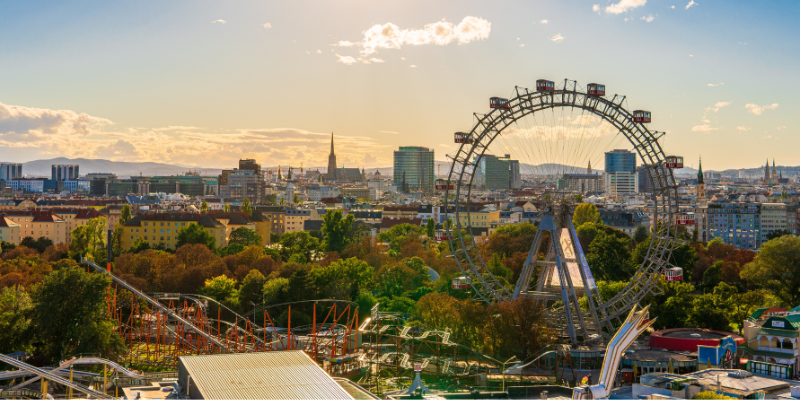
It is also vital that cities work together, and with government at all levels, to drive collective action. At its launch, NetZeroCities’ goal was to help 100 cities reach climate neutrality by 2020. 337 cities applied for the program. Following the initiative's success, cities have seen support from both national governments and the European Union, regardless of formal participation in the NetZeroCities program. The result has been collaborative efforts across cities to share climate progress and learn from one another, with countries like Spain, France, the Netherlands, Italy, and Greece all committing to providing greater support to their cities to achieve net zero.
The relationship between government and community
On a more personal scale, the quality of human interactions - within government, across sectors, and between government and communities - have proven a significant factor in fighting climate change.
Lionel Dishon Murage, a natural resource management expert in East Africa, explains that Kenya’s 2016 Climate Change Act promoted climate action at the county level, and increased individual accountability and local ownership at that level of government.
In practice, these changes meant that decisions were made at the lowest appropriate level, letting those closest to the issues tackle them effectively. In the context of climate action in Kenya, Lionel Dishon has seen many examples of the local government and communities working together to identify potential challenges and devise solutions to overcome them. Enabling local community groups to take the lead in encouraging more sustainable practices and initiatives has been key in efforts to preserve the natural environment.
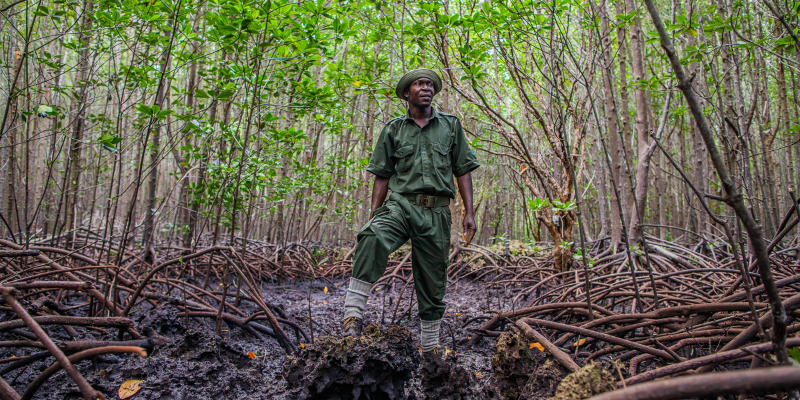 Anthony Ochieng / Climate Visuals Countdown
Anthony Ochieng / Climate Visuals Countdown
Many citizens worldwide live on trade that taxes natural resources like fishing, farming, and building. This makes strong relationships between local government and their residents a vital part of successfully promoting environmentally-friendly practices and tackling the effects of climate change.
Experimenting with new approaches in Wellington, New Zealand
The impacts of climate change, and actionable solutions to combat these, can often feel abstract. It may be difficult to truly grasp how unsustainable environmental practices will manifest in the day-to-day lives of ordinary citizens. Coupled with this challenge is the constantly evolving nature of the climate crisis. Therefore, cities must be able to test new approaches, learn, and adapt accordingly.
Alison Howard and Julia Hamilton at Wellington City Council in New Zealand, have been experimenting with new approaches as part of the city’s climate change response. Part of this has involved examining how the city government can use storytelling to engage communities in combating climate change. Wellington's Digital Twin model is one innovation they have been testing as part of this. As Team Leader of Digital Innovation, Julia Hamilton has spearheaded work on the digital twin - a virtual simulation of the city that residents can interact with.
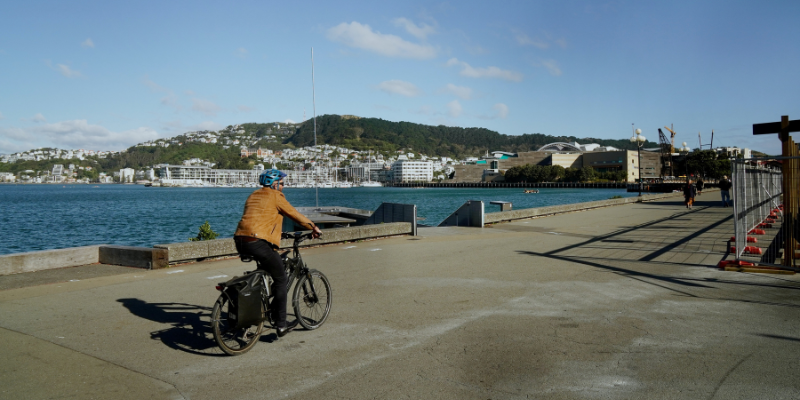
“Our city’s vision is around being an inclusive, sustainable, and creative capital for people and one of the key things for achieving that vision is empowering Wellingtonians to actually work together to shape what that future’s going to look like.” - Julia Hamilton
Alison and Julia have prioritised the virtual twin model as a storytelling method to enhance the democratic process. The system is rendered in the Unreal gaming engine, allowing for hyper-realistic abstractions of the city and the effects of climate change on it. Due to its virtual nature, it's also an ideal platform for experimentation.
"Viewing the city as a whole, we can start to think about how the impacts of climate change impact different areas of the city...because it is a virtual environment, it provides the perfect platform for testing out and experimenting in a controlled and risk-free manner. So often, people might suggest an idea that might be dismissed, and it feels like they may be alienated from the process, but with a digital tool, there's no reason why you can't actually can't explore what that idea looks like." - Julia Hamilton
Alison Howard, Manager of Wellington City Council’s Climate Change Response, oversees the city’s journey towards a carbon-neutral future. In 2019, Wellington declared an environmental and ecological emergency, putting into motion ‘Te Atakura - First to Zero’ the city’s climate action plan. This aims to reduce the city’s carbon emissions by 57% between 2020 and 2030, with the ultimate goal of going zero carbon by 2050.
There are a variety of ways Wellington City Council is supporting the city to meet these targets. Cutting-edge digital storytelling systems, making green transportation readily available through efficient urban planning, and educational programs to bring in community groups, are just some initiatives the city is experimenting with to create a more united front in the battle against climate change.
“This is a massively complex challenge. No one's going to deliver it alone... local government is where central government policy hits the road...it's a super powerful place to be in to create climate action.” - Alison Howard
New York City’s climate mandate
Historically, New York City’s iconography has been antonymous with progressive climate action. Images of the city are typically of bumper-to-bumper traffic, emitting harmful emissions at an alarming rate. However, things are changing, as the city looks to boost its green credentials.
As New York City’s Chief Climate Officer and Commissioner of the Department of Environmental Protection, Rohit Aggarwala, explains that New York is one of the few cities to have a legally mandated annual greenhouse gas emissions inventory and a sustainability plan that is updated every four years.
Rohit was part of the team behind Mayor Bloomberg’s PlaNYC. Launched in 2007, it was a strategic plan designed to help prepare New York for the future.
“We didn’t start out to create a sustainability plan, but we realised that if we were really going to think about the true holistic, long-term interests of the city, we were doing sustainability…As we understood the long-term challenges, we began to appreciate just how threatening climate change was to New York City.” - Rohit Aggarwala
PlaNYC introduced new practices and regulations that helped reduce carbon emissions and make New York City a greener place overall. As a result, the city’s iconic big buildings are now more energy efficient, it has implemented more sustainable construction codes, and cleaned up heating oil.
Rohit also sees the value of collaboration. During his work with the former mayor, Michael Bloomberg, he helped form C40 Cities, a global network of mayors taking urgent action to confront the climate crisis. Thanks to C40 Cities, it is now commonplace for each major city on each to have a climate plan in place.
Conclusion
The climate crisis is a complex issue, but reimagining government's role in the battle opens new opportunities for a greener tomorrow.
We know that cities are one of the most significant contributors to greenhouse gas emissions. Initiatives like Vancouver’s Greenest Cities Action Plan, PlaNYC, and NetZeroCities, show the powerful role that cities can play, and the need for collaboration at all levels to fight climate change. Likewise, nurturing the relationships between local communities and government, and remaining open to experimentation to find new solutions, such as in the case of Wellington and Kenya, show how we can lay the foundations for society to make the lasting changes that climate action demands.
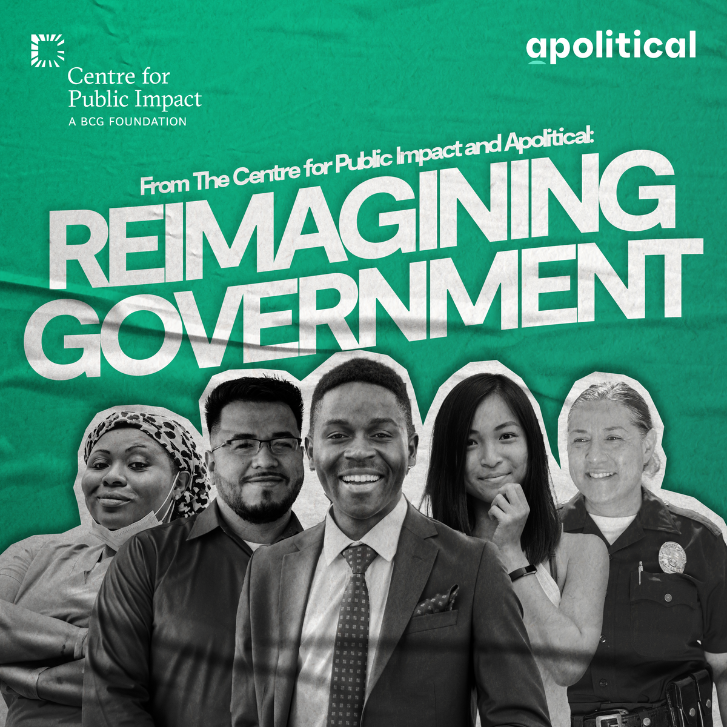
🎙️ Reimagining Government
This six-part podcast explores radical new approaches to addressing global issues such as the climate crisis, equitable healthcare provision, and rebuilding trust with marginalised communities.
By speaking with public servants and politicians at the heart of government, we’ll shine a light on how to reimagine government so it works for everyone.
You may also be interested in...


Reimagining Climate Action in Cities: How cities can lead the charge towards a net zero, resilient future
